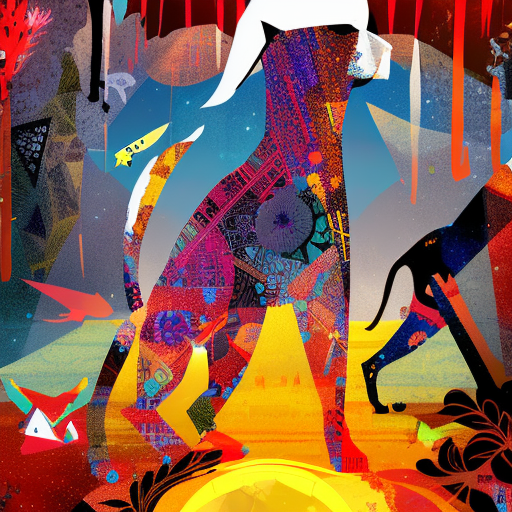One-line summary:
What the Dog Saw and Other Adventures is a collection of thought-provoking essays by Malcolm Gladwell that explores various topics from the world of psychology, sociology, and human behavior.
The Power of Perception
In the first section of the book, Gladwell delves into the fascinating world of human perception and how it shapes our understanding of the world around us. He explores the concept of “thin-slicing,” the ability to make accurate judgments based on limited information, and how it can be both a powerful tool and a potential pitfall. Gladwell examines the case of a famous art expert who was able to identify a fake sculpture with just a glance, highlighting the power of intuition and expertise in making quick and accurate decisions.
Gladwell also explores the concept of “mind reading” and how we often rely on our ability to interpret facial expressions and body language to understand the thoughts and emotions of others. He discusses the work of psychologist Paul Ekman, who studied the universality of facial expressions across different cultures, and how this research has implications for fields such as law enforcement and airport security.
Unraveling Success and Failure
In this section, Gladwell delves into the factors that contribute to success and failure in various domains. He challenges the notion of innate talent as the sole determinant of achievement and instead argues that factors such as opportunity, timing, and cultural background play significant roles.
Gladwell examines the story of Canadian hockey players and how their birth dates influence their chances of success in the sport. He introduces the concept of the “Matthew Effect,” where early advantages can lead to cumulative advantages over time, and how this phenomenon applies to various fields, including academia and business.
The author also explores the concept of “desirable difficulty” and how challenges and setbacks can actually enhance learning and lead to greater success in the long run. He presents examples from the worlds of music, sports, and education to illustrate how embracing obstacles can foster resilience and growth.
The Complexities of Social Dynamics
In this section, Gladwell delves into the intricacies of social dynamics and how they shape our behavior and interactions. He explores the concept of “coupling” and how small changes in the environment can have significant effects on human behavior. Gladwell discusses the case of the Broken Windows theory, which suggests that addressing minor signs of disorder can lead to a decrease in crime rates.
Gladwell also examines the concept of “moral licensing” and how individuals can use past good deeds as a justification for engaging in morally questionable behavior. He presents examples from the world of philanthropy and environmentalism to illustrate how this phenomenon can influence decision-making.
Key Takeaways:
- Perception is a powerful tool that can lead to accurate judgments, but it can also be influenced by biases and limited information.
- Success and failure are influenced by a combination of factors, including opportunity, timing, and cultural background.
- Challenges and setbacks can lead to greater success in the long run by fostering resilience and growth.
- Small changes in the environment can have significant effects on human behavior, highlighting the importance of social dynamics.
- Moral licensing can influence decision-making by allowing individuals to justify morally questionable behavior based on past good deeds.
“We have, as human beings, a storytelling problem. We’re a bit too quick to come up with explanations for things we don’t really have an explanation for.”
– Malcolm Gladwell
In What the Dog Saw and Other Adventures, Malcolm Gladwell presents a captivating collection of essays that delve into the complexities of human behavior, perception, success, and social dynamics. Through thought-provoking examples and engaging storytelling, Gladwell challenges conventional wisdom and offers fresh insights into the world around us. The book encourages readers to question their assumptions, embrace challenges, and recognize the power of perception in shaping our understanding of the world. Ultimately, it reminds us that there is often more to a story than meets the eye and that understanding the nuances of human behavior can lead to a deeper appreciation of the complexities of life.












